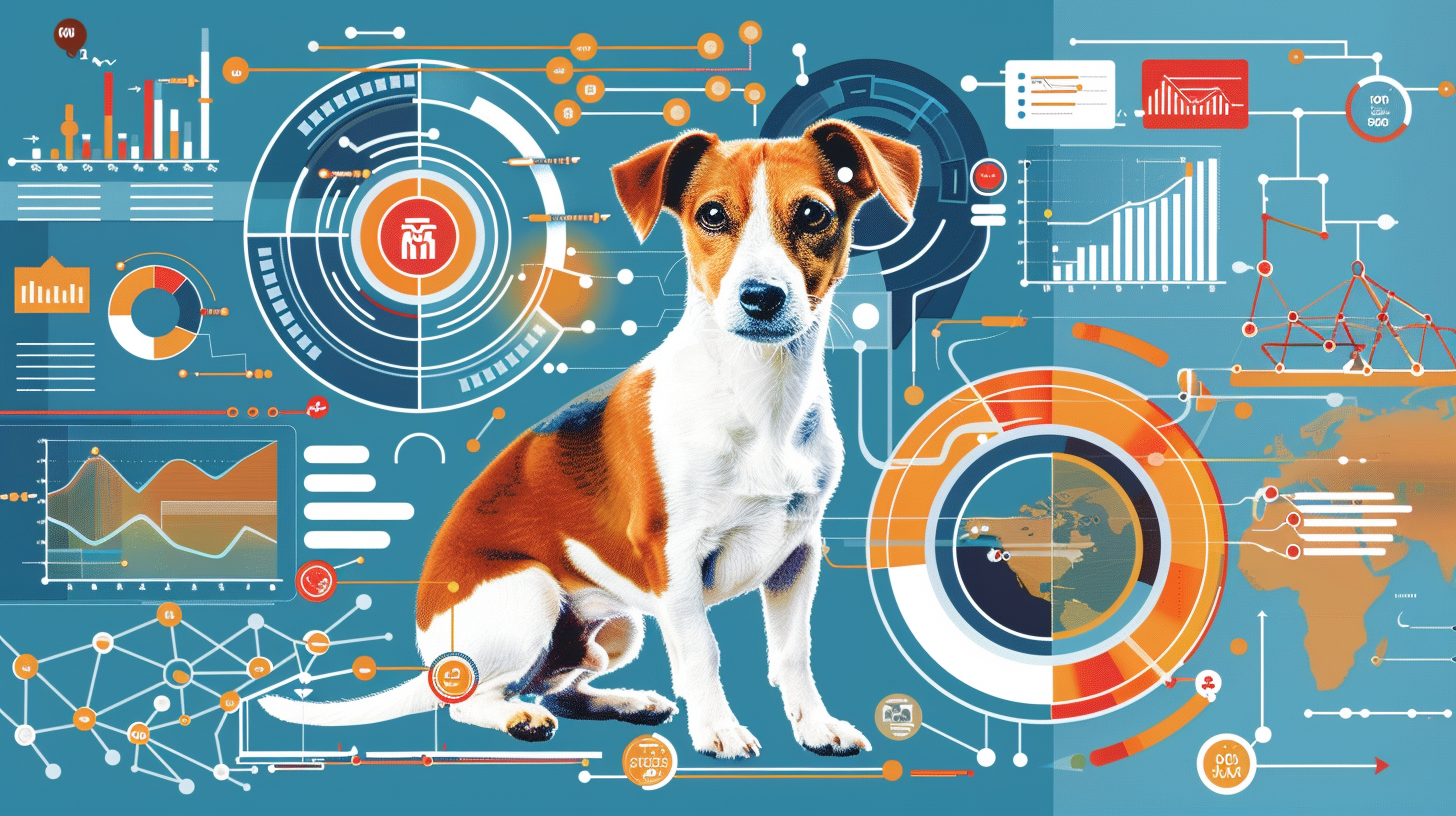
In a world where content reigns supreme, have you considered the transformative potential of data-driven content? By harnessing the power of data, you can elevate your content strategy, engage your audience more effectively, and drive meaningful results. But what exactly is data-driven content, and how can it benefit your brand?
Data-driven content is created and produced by adhering to a set of principles that leverage data insights to inform content decisions. Unlike traditional content, which often relies on intuition and assumptions, data-driven content considers both the collection and utilization of data to ensure relevance and value for the target audience.
One of the primary benefits of data-driven content is its ability to boost conversion rates. By leveraging data that aligns with your audience's needs and preferences, you can craft content that resonates deeply with them. This increased relevance leads to higher engagement, as readers are more likely to consume the content in its entirety and take desired actions, such as making a purchase or subscribing to a newsletter.
Data-driven content also plays a crucial role in amplifying brand awareness. When your content is tailored to your audience's interests and pain points, it becomes more shareable and memorable. As more people encounter and engage with your brand through this targeted content, your reach expands, putting you in a favorable position for future sales opportunities.
For bloggers, data-driven content is a game-changer. By incorporating data-driven insights into your blog posts, you improve conversion rates and establish trust and credibility with your readers. When your blog consistently delivers valuable, data-backed content, it attracts a loyal following, drives traffic, and positions you as an authority in your niche.
To better understand the impact of data-driven content, let's explore some real-world examples from various industries:
E-commerce: An online retailer analyzes sales data to identify their top-performing products. They then create a blog post highlighting these products, complete with customer reviews and usage statistics. This data-driven content not only showcases popular items but also instills confidence in potential buyers.
Healthcare: A healthcare provider examines patient data to identify common health concerns within their community. Based on these insights, they develop a series of informative articles addressing these issues, providing evidence-based tips and resources. This data-driven approach positions the provider as a trusted source of health information.
Travel: A travel company analyzes customer booking patterns and destination preferences. Using this data, they create personalized travel guides and itineraries tailored to specific customer segments. By delivering content that aligns with their audience's interests, the company increases engagement and booking rates.
Now that you understand the benefits and have seen real-world examples, it's time to embrace data-driven content for your own brand. Start by:
By integrating data into your content creation process, you'll unlock a world of opportunities for engagement, conversion, and growth.
How can I collect data to inform my content strategy?
There are various methods to collect data, including website analytics, customer surveys, social media insights, and market research. Focus on gathering data that provides a deeper understanding of your audience's demographics, interests, and behaviors.
What metrics should I track to measure the success of my data-driven content?
Key metrics to track include engagement rates (likes, comments, shares), time spent on page, bounce rates, conversion rates, and revenue generated. These metrics will help you assess the effectiveness of your content and make data-driven decisions for future improvements.
Can data-driven content work for any industry?
Absolutely! Regardless of your industry, data-driven content can be tailored to your specific audience and business goals. Whether you're in e-commerce, healthcare, travel, or any other sector, leveraging data insights will help you create more relevant and impactful content.
So, are you ready to dive into the world of data-driven content and unlock its unlimited potential? By embracing the data revolution, you'll be well on your way to engaging your audience + driving unparalleled results.

"Just try this code snippet."Vinai Kopp's message popped up on my screen in back in 2009. I was a strugg...

By Brent W. Peterson

There I was, standing in JFK airport at 10 PM, staring at my passport while a gate agent explained I cou...